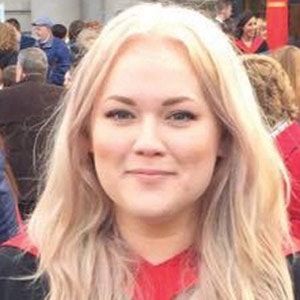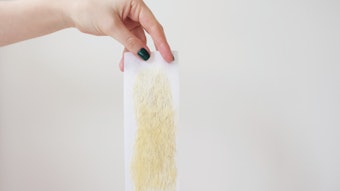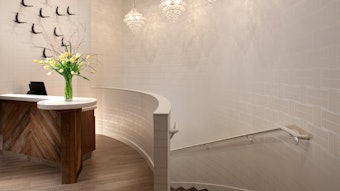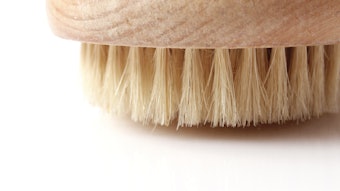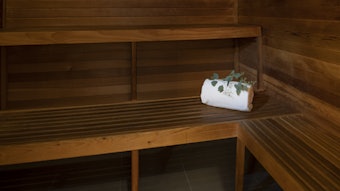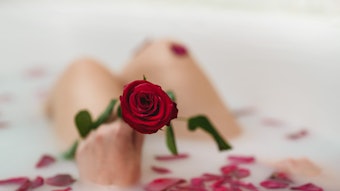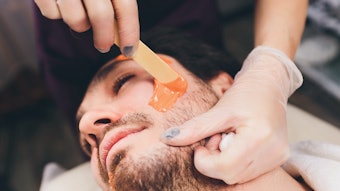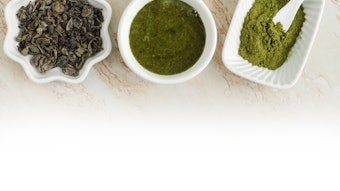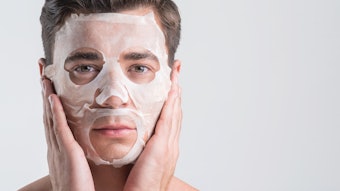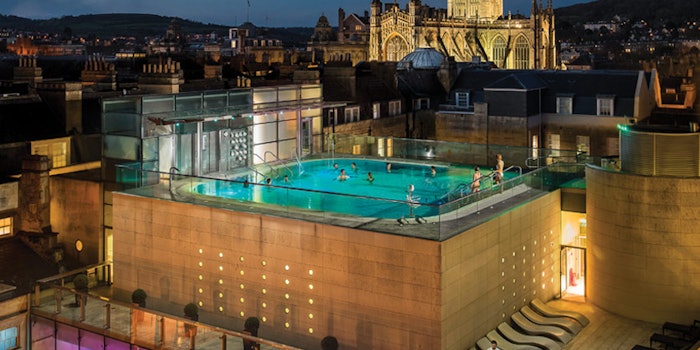
Bathing culture has been around for thousands of years, but “there’s been a resurgence and focus [on bathing], and an attempt to modernize how it’s offered,” explains Mia Kyricos, president and founder of Kyricos & Associates. Bathing, in many cultures, was, and is, still a social activity, but Kyricos says the evidence of its therapeutic abilities is partly driving the current trend.
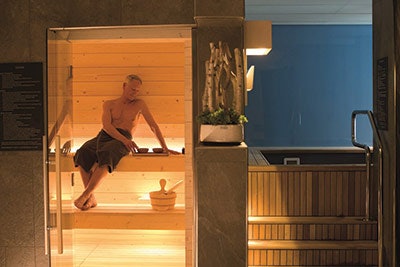
Bathing rituals is an umbrella term that can refer to a wide variety of concepts within the bathing world, including:
- Balneotherapy,
- Contrast temperature therapy,
- Flotation,
- Hot springs,
- Hydrotherapy,
- Infrared saunas,
- Saunas, and
- Water-based massage.
There lies an important distinction between ‘thermal spa’ bathing and ‘hot spring’ or ‘geothermal’ bathing, notes Amy McDonald, owner of Under a Tree Health and Wellness Consulting. While bathing in mineral water at a thermal spa offers benefits, “it’s a totally different spiritual experience to actually be in water that comes from the earth’s ground…and I think a lot of people get [these two concepts] mistaken,” says McDonald.
The Cultural Significance of Bathing
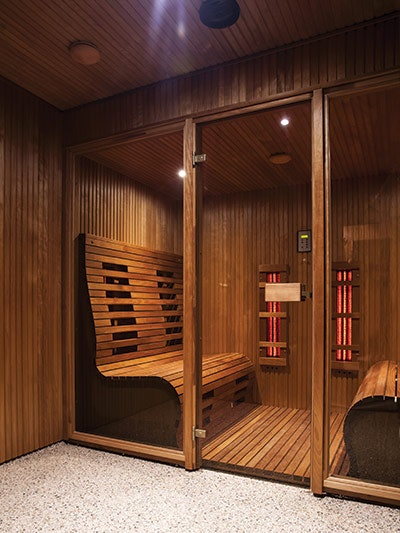
Bathing rituals have played an important role in culture all over the world to the point of it being a part of cultural DNA, so it makes sense these traditions have carried on throughout time, says Maria Stanislavova, project manager at global spa consulting company Raison d’Etre. Cultures place a high level of importance on bathing, but it’s not solely about health and wellness benefits. Bathing has long been a tradition providing social connection and even entertainment.
“The only region in the world that hasn’t dived deep into bathing is the U.S., which has started the last couple of years–but the rest of the world has various bathing traditions that are very sacred,” remarks Anna Bjurstam, VP of spas for Six Senses Spas & Resorts and managing partner for Raison d’Etre. “We have a fascinating bathing history, especially in Europe and the U.K.,” she says.
“In the 11th century there were lots of bathing facilities in the U.K. and Europe, but then the church came in because the bathing facilities became so promiscuous … and the church did not like that,” explains Bjurstam. Around the time of the Black Plague, the church successfully closed most bathing houses for roughly 500 years with a propaganda that told the public that bathing opens pores to diseases and causes death, she says.
Bjurstam, who is Swedish-born, says Scandinavian countries went through a similar ban on bathing facilities in the 19th century after the spread of syphilis, which closed down bathhouses for around 70 years. Matters are fine now, though, and bathing culture is just as strong as ever.
The sauna in Sweden is a form of connection and it’s done often, states Bjurstam: “It’s something you do with family and friends.” She says more than half of families have a sauna in their home. Bjurstam’s home sauna is under construction for the time being, but it’s so ingrained in her culture she’ll occasionally pop to her neighbor’s home to use their sauna.
“There is definitely a social aspect, and I love it. I go with my son in the wintertime when we have snow. In the evening, we take a sauna and then we roll in the snow,” she explains. “It’s great fun, and it’s also so healthy, and the kids feel the benefit because they sleep so much better. You get such a boost in circulation–it’s like you’ve been running for half an hour because the blood is just flowing.”
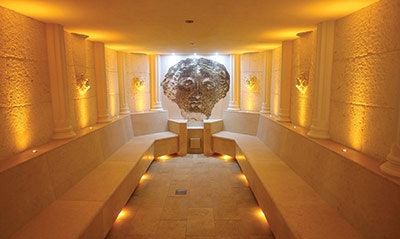
Roman Bathing Roots
Bathing in the U.K. is slightly different than in Nordic countries, as its origins are Roman. Bath, England has attracted tourists for hundreds of years due to its world-famous natural hot springs. Mary Stringer, who handles press for Thermae Bath Spa, remarks, “it’s clear that bathing as a ritual has deep and timeless roots.”
A Georgian building was found beneath the nearby Cross Bath, says Stringer, in which Roman and Celtic remnants were discovered, along with “a fountain from which the natural thermal waters bubble up, unaided, from the source. Upon this fountain is inscribed the Ted Hughes quote: ‘Water is the ultimate life, pure as crystal, the divine influx.’” Roman bath visitors would wade through varied temperature pools and rooms, as well as apply oils to their skin, shares Stringer.
Thermae Bath Spa’s treatments today are therapeutic, complementing clients’ bathing experience. “We recommend that people bathe in the natural thermal waters before their treatments to reap the maximum therapeutic benefits,” notes Stringer.
Asia’s Take on Bathing
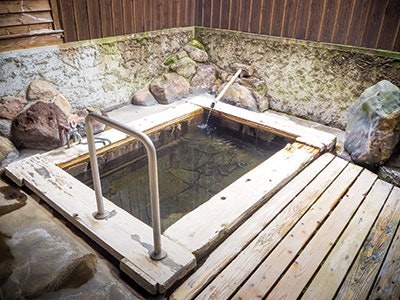
In Japan, baths aren’t used for hygienic purposes, as it’s traditional not to wash in the tub, but to use the time to meditate instead. Japan’s bathing traditions are ritualistic in nature, making them almost meditative.1 In communal sento bathhouses, female and male facilities are separate, and communal bathers are required to enter entirely nude without any possessions other than a washcloth, and they must shower before bathing in outdoor and indoor spaces with pools and onsen hot springs.1 Japan is home to more than 3,000 natural hot springs.2
Japanese people soak in baths at home, and sizeable homes often have a separate bathtub room without a toilet.3 Tubs are traditionally built out of wood and tend to be tall and deep. A soft brush is also kept in a small bucket next to the bathtub.4
The Middle Eastern version of bathhouses is called a hammam and can be categorized as a wet sauna.5 During a hammam ritual, the body is cleansed from top to bottom by an attendant in the steam room, and afterwards a cup of tea is drank.6
Russian Banyas, a Social Tradition
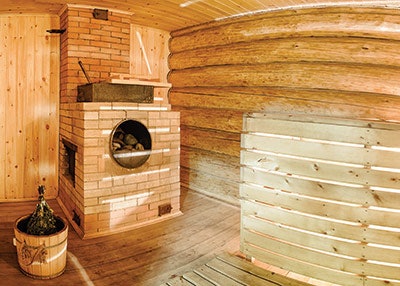
Russian bathhouses, or banyas, are a place for bathers to gather, and they can be quite party-like. Their saunas tend to be hotter, and they have big barrels of milk and herbs they soak in, explains Bjurstam. She says that multi-generations go and spend a whole day at the banya: “It’s food, it’s celebration, but it’s also really good for you. We’ve seen that a lot in the majority of cultures where bathing is only one part of what they’re coming to do,” notes Bjurstam.
Bathing in North America
The United States never truly saw historic bathing culture. In the early 1900s, people began bathing in tin tubs in the family kitchen until the concept of the bathroom was invented around 1920, says Bjurstam. This made bathing what it is today–almost too assertive. “In the U.S. and in many other western countries, we bathe too much.”
Generally speaking, North America doesn’t quite have the respect for bathing that many other parts of the world have, acknowledges McDonald, who is also the chair for the Global Wellness Institute’s Hot Spring Initiative, which explores the use and values of geothermal waters around the world. “The initiative is my way of giving back to the one part of our industry I feel is most understood,” remarks McDonald, who says the main challenge of bathing traditions in the United States, Canada and Mexico is that there isn’t the history like there is in other parts of the world, like Japan or eastern Europe.
Modesty and cleanliness are huge factors, as well. Most North Americans aren’t as content with being naked, reckons McDonald. “Being in close proximity to someone you don’t know in hot water–there are a lot of people that just wouldn’t be comfortable, but it’s changing.”
Bountiful Health Benefits
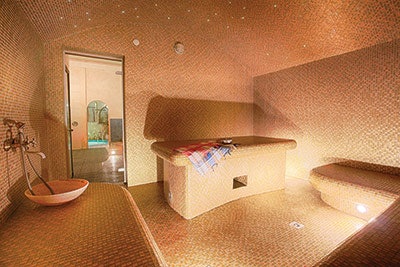
“It’s not very strange that we have that relationship with bathing,“ says Bjurstam, who notes how much water makes up the human body. “Bathing in water can affect us in a great way. It’s something that we’ve known for a very long time.”
The benefits of bathing, which are extensive, will depend on the wetness and temperature, explains Stanislavova, adding, “It is in general, not only rejuvenating for the body, but it can also help one achieve a very relaxed, almost meditative state, which is healing for the mind.” Stanislavova says some cultures consider bathing a form of detoxification for the soul and believe it can help remove negativity, often utilizing these rituals to prepare for a significant life event.
Contrasting hot and cold treatments, or contrast therapy as it is known, is popular with clients seeking athletic recovery to boost performance, mentions Stanislavova. “One of these developments is cryotherapy, the use of low temperatures.”
The use of heat in bathing, such as hot springs and saunas, is linked to boosting physical and mental health. A two-decade long study by researchers at the University of Eastern Finland found that the regular heat exposure that participants received from frequent 15-minute sauna sessions lowered their dementia risk. For those who used a sauna four to seven times per week, their risk of Alzheimer’s disease was 65% lower than those who visited the sauna once per week.7
Hot springs in Bath, England have historically helped bathers suffering from arthritis and rheumatism, notes Stringer. Bathing can benefit the body, but also the mind. “The bathing ritual itself is very relaxing and essentially a form of self care,” adds Stringer.
A large part of the mental boost from bathing has to do with the element of community and social connection. “Bathing circuits are popular nowadays with clientele, especially when performed as a socializing event with groups of friends, family or couples,” notes Stanislavova.
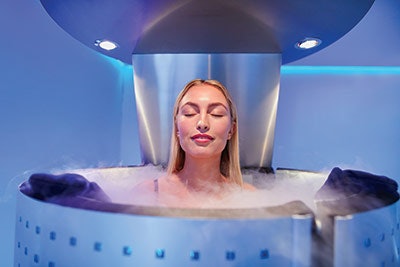
Australian researchers surveyed more than 4,000 bathers that had visited Australia’s largest commercial hot spring.8 The data showed that respondents’ key motivators for bathing were related to relaxation, indulgence and escape. What’s more, 98% of respondents said they experienced general health benefits. Bathers reported feeling relief from arthritis and back pain, as well as insomnia, depression and anxiety.8
Bathing has stuck around because it affects people in a positive way, remarks Bjurstam. “We live in a super-stressed era where we are so connected, so when you bathe, you disconnect–it really grounds you.”
Emerging From the Water
Kyricos sees big things for the bathing world, particularly from the business standpoint: “We’re going to see a model that is good for business, good for people…I think it’s a really exciting shift.” It’s good news for investors and business owners who are always thinking of revenue-per-square-foot, says Kyricos. She calls back to decades earlier when people were buying and investing in huge water facilities, but they weren’t making money. It was because the water was being presented as a value-add to spa treatments or hotel stays; thus, they weren’t being monetized.
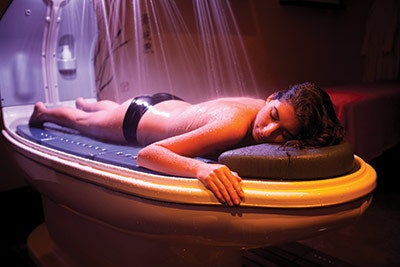
Kyricos notes the trends in bathing are reflective of the ‘era of loneliness’ in which we live, when “we’re so wildly connected, but we’re also more disconnected than we ever have been.” She expects bathing to offer a new place to convene in order to socialize, de-stress and reap therapeutic qualities.
Stanislavova says the future of bathing has an authentic foundation, but technology has opened up a realm of possibilities that can include light, sound and color therapy. Brainstorming, she lists concepts that are being explored: infrared sauna treatments, meditation through bathing, such as floating with color therapy, spiritual practices of detoxing the mind and body and bathing as part of wellness lifestyle programs. As you can see, there are a lot of developments in which bathing plays a big role in the spa world.”
A trend Bjurstan has noticed more in the United States is what she refers to as biohacking, such as cryotherapy lounges where guests alternate freezing cold temperatures with infrared saunas. She sees America finding its own take on bathing.
More than anything, a unique offering is key. Bjurstan recalls bathhouses in New York she’s visited – “they are packed.” The results of their business model are two-fold: it’s a social activity that boosts wellness and it doesn’t cost as much to operate. Spas typically require a staff member for each client, but only a few employees are needed for many guests at a bath facility, so it’s a high-profit model.
How Spas Can Join
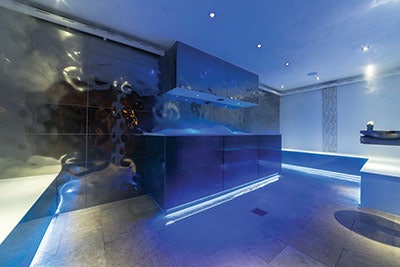
McDonald sees more and more spas are adding a bathing component because it makes sense for business. Depending on how a spa has been designed, it’s possible for spas to reimagine how they market their offerings. Many spas were built to provide clients with exclusivity, but people want inclusivity now, remarks McDonald. Now, some of her clients are opening up their pool areas for events, even in the evening, and adding mineral water to their pools.
Bathing is an exciting concept, but just because a spa doesn’t already have the facilities needed, doesn’t mean they can’t innovate by adding a water or heat element into their offering, recommends Stanislavova. Installing an infrared cabin is also an option for spas wanting to tap into the revitalization of bathing traditions.
“There are some really cool and early attempts–especially in the West–coming out of Europe,” remarks Kyricos, which is offering professionals a chance to reconsider the business model associated with bathing.
References
- www.vogue.co.uk/article/japanese-onsen-bathing-rituals
- https://web-japan.org/nipponia/nipponia26/en/feature/feature12.html
- https://matcha-jp.com/en/2534
- www.vogue.com/article/baths-japanese-korean-russian-spa-culture
- www.spafinder.co.uk/blog/content/spaguidehammam-uk/
- https://goodspaguide.co.uk/features/hammam-rituals
- www.psychologytoday.com/us/blog/the-athletes-way/201612/frequent-sauna-use-may-reduce-risk-dementia-study-finds
- www.tandfonline.com/doi/abs/10.1080/10941665.2016.1276946?scroll=top&needAccess=true&journalCode=rapt20
